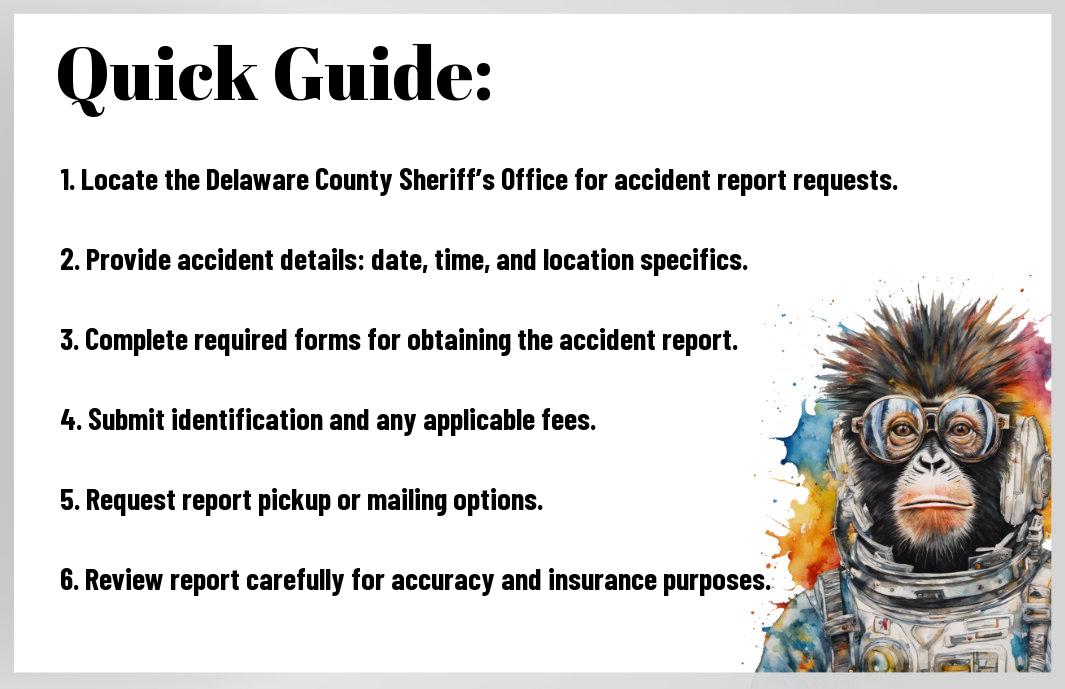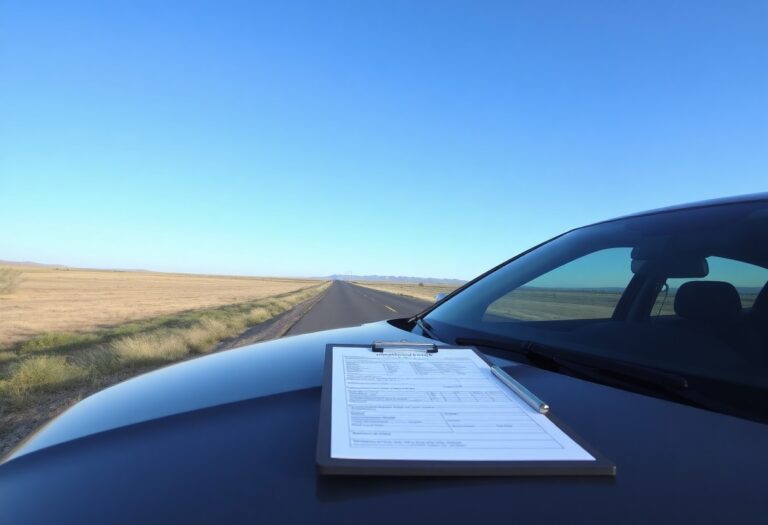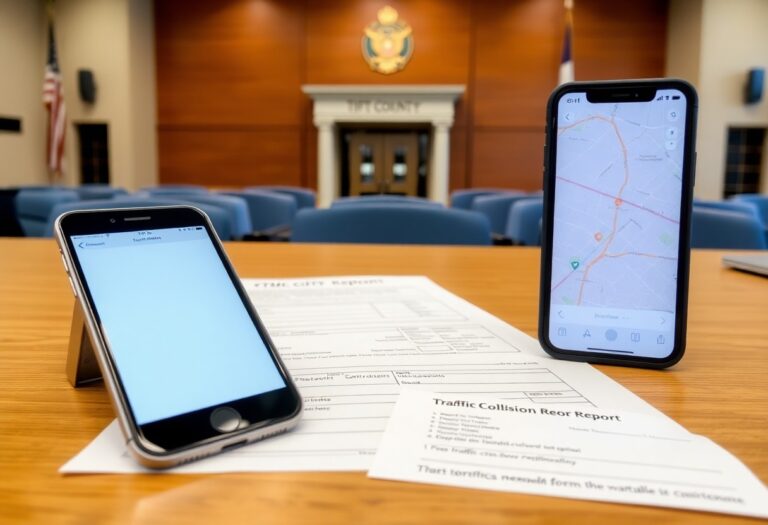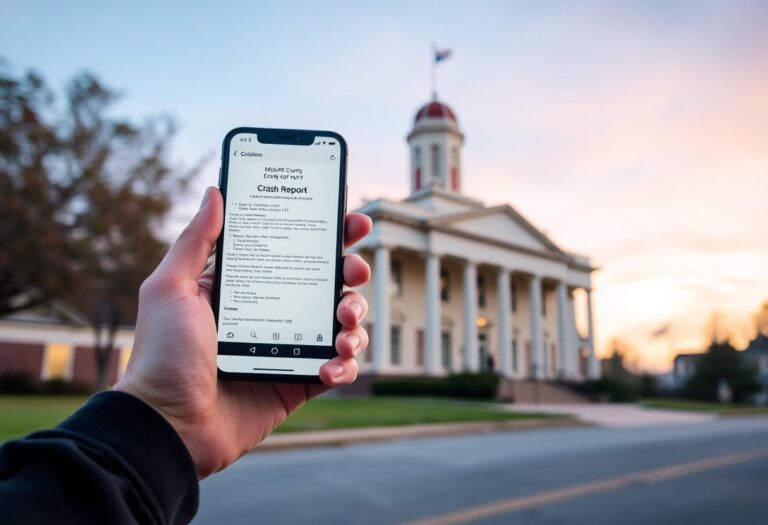There’s no denying that being involved in an auto accident can be a stressful experience, but understanding how to obtain your accident report can make the aftermath more manageable. In this guide, you’ll learn the steps to access your report, the key information included, and how it can impact insurance claims. With the right knowledge in hand, you can navigate the process smoothly and focus on your recovery.
Types of Auto Accident Reports
To understand the various types of auto accident reports you may encounter, it’s crucial to be aware of the different documents that may arise from an incident. Here are the main categories you need to consider:
- Police Reports
- Insurance Reports
- Accident Scene Reports
- Witness Statements
- Medical Reports
| Report Type | Details |
|---|---|
| Police Reports | Document official accounts of the accident. |
| Insurance Reports | Summarize incidents for claim processing. |
| Accident Scene Reports | Provide on-site documentation of vehicle positions. |
| Witness Statements | Gather eyewitness accounts of the event. |
| Medical Reports | Outline injuries and treatment related to the accident. |
Any of these reports can play a vital role in clarifying the circumstances surrounding your auto accident.
Police Reports
While police reports are often the primary source of information following an auto accident, they include crucial details such as the date, time, and location of the incident, as well as the names and statements of involved parties. This document is invaluable for providing an official account that can be used for insurance claims and legal purposes.
Insurance Reports
Accident reports for insurance companies work to clarify the details of the incident for claims processing. These reports typically encompass information such as the driver’s information, vehicle details, and any injuries sustained during the accident.
The Insurance report you submit should be thorough and accurate to avoid delays in claim processing. This document can influence the outcome of financial compensation, especially regarding liability and damage assessments. It’s advisable to keep a copy of this report for your records, as it serves as a key piece of evidence in any negotiations or disputes that may arise.
Step-by-Step Process for Obtaining Reports
Even though it may seem overwhelming, obtaining your auto accident report in Delaware County, New York is manageable if you follow these steps:
| Step | Description |
|---|---|
| 1 | Contact the police department that handled the accident. |
| 2 | Request your report by providing necessary details. |
| 3 | Pay any associated fees for the report. |
| 4 | Receive the report and verify its accuracy. |
Contacting the Right Authorities
StepbyStep, you will need to reach out to the correct police authority that responded to your accident. This typically involves contacting your local police department or state the police if it was a highway incident. Be ready to provide details such as the date and location of the accident to streamline the process.
Required Documentation
You will need specific documentation to obtain your auto accident report efficiently. Typically, this includes your driver’s license, the accident report number if available, and any other identifying information the authorities may request.
Authorities often require these documents to confirm your identity and your connection to the incident. Providing clear, accurate documents can help expedite your request and avoid any delays. Be sure to keep copies of everything submitted for your records, as this information may be vital for future claims or legal issues.
Factors Influencing Report Details
Assuming you are involved in an accident, the details included in the report can be significantly influenced by several factors, such as:
- Time and location of the accident
- Weather conditions at the time
- Involvement of law enforcement
- Witness statements
- Extent of injuries
Perceiving these factors will help you understand how they shape the final report.
Nature of the Accident
Now, the nature of the accident affects how reports are documented. It encompasses whether the incident was a collision, a single-vehicle accident, or resulted from hazardous conditions. Each category entails specific details that need to be accurately captured.
Involved Parties
Some key aspects to consider regarding the parties involved include the number of vehicles, the identities of the drivers, and the insurance information. Each party’s role can dictate liability and coverage, making it vital to document this information accurately.
Parties involved in an accident include all drivers, passengers, and even pedestrians affected by the incident. It’s important to gather as much information as possible, such as names, addresses, and insurance details. Additionally, if there are any witnesses, their statements can play a significant role in the report. Always ensure that you capture the licenses and registration details of involved vehicles, as this information can be vital should there be disputes regarding liability or claims later on.
Tips for Filing a Claim
All drivers involved in an auto accident should take specific steps to file a claim effectively. Follow these guidelines:
- Gather all relevant information, including the accident location and involved parties.
- Document the scene with photographs.
- Contact your insurance provider as soon as possible.
- Consult with a legal professional if necessary.
The more thorough your claim, the better your chances of receiving a fair settlement.
Importance of Accurate Reporting
Claim accuracy is vital for a successful outcome. Provide detailed accounts of the accident, including witness statements and police reports. This will help your insurance company assess liability and damages. Missing or incorrect information can delay the claims process or even jeopardize your case.
Keeping Records and Evidence
To strengthen your claim, it is important to keep diligent records of all aspects related to the accident. This includes maintaining copies of insurance documents, medical bills, and written communications with your insurance adjuster.
Keeping thorough and organized records will provide a solid foundation for your case. Include photos of the accident scene, medical records detailing your injuries, and any witness statements. Such documentation will substantiate your claims and expedite the claims process. Additionally, retaining a clear timeline of events can be beneficial if disputes arise over fault or damages.
Pros and Cons of Auto Accident Reports
Your understanding of the advantages and disadvantages of auto accident reports can help you navigate the aftermath of an accident effectively.
| Pros | Cons |
|---|---|
| Provides a clear account of the incident | May contain inaccuracies |
| Assists in insurance claims | Can be slow to obtain |
| Serves as legal documentation | May be misinterpreted by others |
| Facilitates police investigations | Creates a permanent record of the event |
| Can aid in determining fault | Potentially incriminating information |
Benefits of Obtaining Reports
Obtaining an auto accident report can significantly assist you in confirming the facts surrounding an incident. These reports provide a documented account of the accident, crucial for filing insurance claims and supporting any legal proceedings you may pursue. Additionally, they can help clarify fault, which can be crucial in navigating disputes with other parties involved.
Potential Drawbacks
While obtaining a report can be beneficial, you should also be aware of its potential downsides.
Drawbacks include the possibility of inaccuracies in the report, which might not accurately reflect the incident details. Furthermore, the process of obtaining these reports can sometimes be time-consuming, leading to delays in resolving your case. There’s also a risk of misinterpretation by insurance companies or legal entities, which may adversely affect your claims. Additionally, the report may include information that could be damaging to your case, creating unintended consequences as it becomes part of the public record. Being mindful of these aspects is important for effectively managing your post-accident situation.

Final Words
Hence, navigating auto accident reports in Delaware County, New York, requires understanding local procedures and guidelines. By knowing how to obtain your report and the relevant information included, you can ensure that you handle the aftermath of an accident effectively. Keep your documentation organized, and if you need further assistance, consider reaching out to local authorities or legal professionals who can provide additional support tailored to your specific situation.













